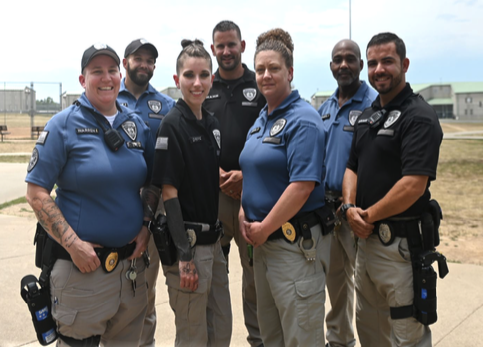Get Help With Corrections Research
The NIC Library and Information Center specialize in the collection of corrections-related information, resources, and tools, including guides, surveys, assessments, curricula, and videos.
The Robert J. Kutak Library is located at the National Corrections Academy in Aurora, Colorado, and houses NIC’s print publications and rare documents that have not been digitized. The Information Center represents NIC’s online publications database and archive. Both collections include operations-oriented resources, correctional policies, procedure manuals, reports, newsletters, and training materials developed for use by corrections staff. In addition, NIC maintains a national repository mandated by Congress for resources related to the Prison Rape Elimination Act (PREA).
General information about trending corrections topics can be found on our Topics in Corrections and Corrections Trends webpages, or you may search through our collection of e-books, government documents, and scholarly articles for in depth research.
For additional research assistance, please contact the help desk.





